‘Space for My Body’, the title of Anu Poder’s show at the Muzeum Susch, might be better punctuated with a question mark. The Estonian artist was concerned with the tension between corporeal constraints and freedoms and made sculptures that explore these limits both materially and conceptually. Red, Blue – Blue, Red (1978), an early work, is a bas relief of a woman facing away from herself that hints at a division between Poder’s Estonian and Soviet identities. Traveller (1978), a small white plaster sculpture of a woman sitting with a suitcase, refers to restrictions on free movement in the Soviet Union. Yet the serene woman, whose body is suspended from behind, is ethereal as well as earthbound.
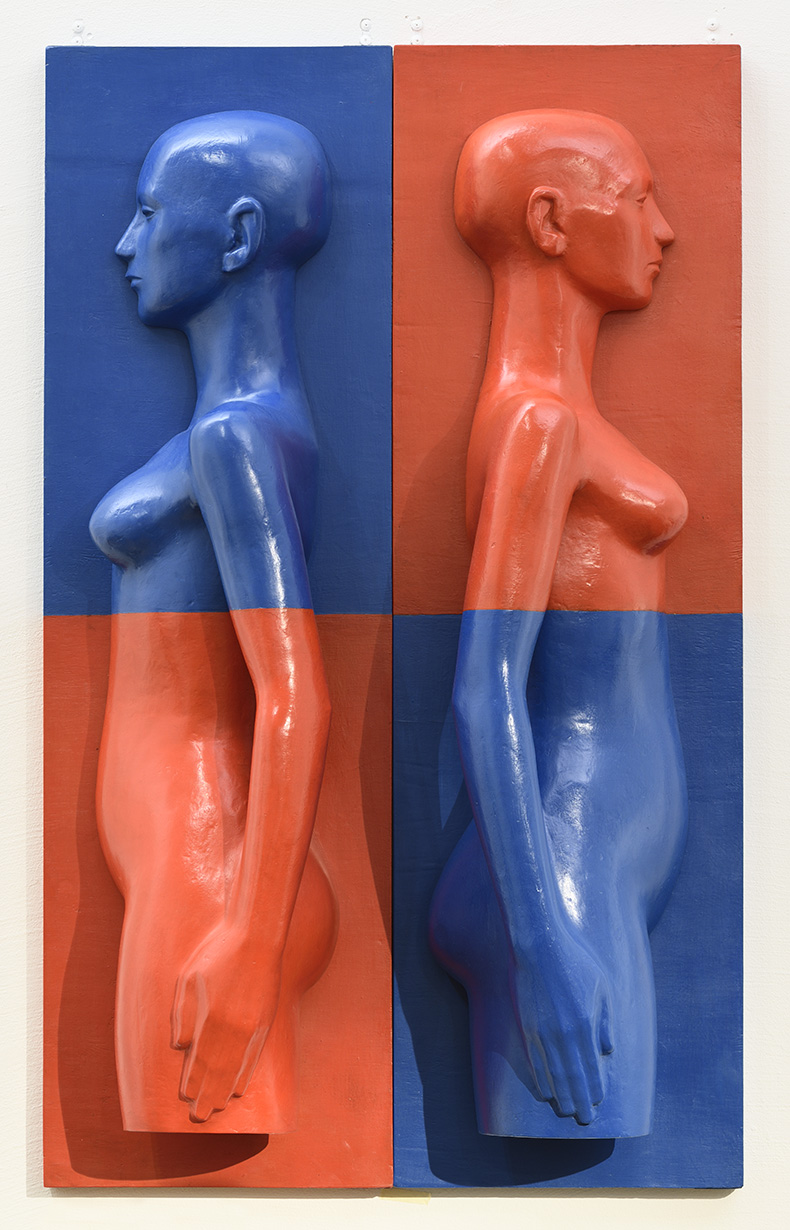
Red, Blue – Blue, Red (1975), Anu Poder. Photo: Stanislav Stepasko; © Estate of Anu Poder
Curated by Cecilia Alemani, who first presented Poder’s work at 59th Venice Biennale, the exhibition gives ample space to the artist’s small, but immensely powerful body of work: 37 of the 60 sculptures Poder made in her lifetime are here. While its location in the Swiss Alps is remote, Muzeum Susch is a fitting home. Founded by the Polish businesswoman Grazyna Kulczyk to present the work of overlooked women artists, the museum’s labyrinthine architecture and views on to the snowy peaks outside lend a voluptuous dimension to the white cube.
The main room displays Poder’s many doll sculptures. Mutant assemblages of pink plastic and brown burlap, with stitches visible at the seams, these are very weird Barbies. While the amputations and appendages of female figures are violent, the organless torsos that are opened up and overflow, suggest a post-structuralist reorganisation of the body. Composition with Man’s Head (1984), a Soviet-style bust with a flag on its head, nods to the expansionist ambitions that informed the space race. In Tested Profit, Rubber Dolls (1999), by contrast, headless inflatable sex dolls are clamped down by breezeblocks. Placed high up on the wall, it seems they have been caught trying to escape.
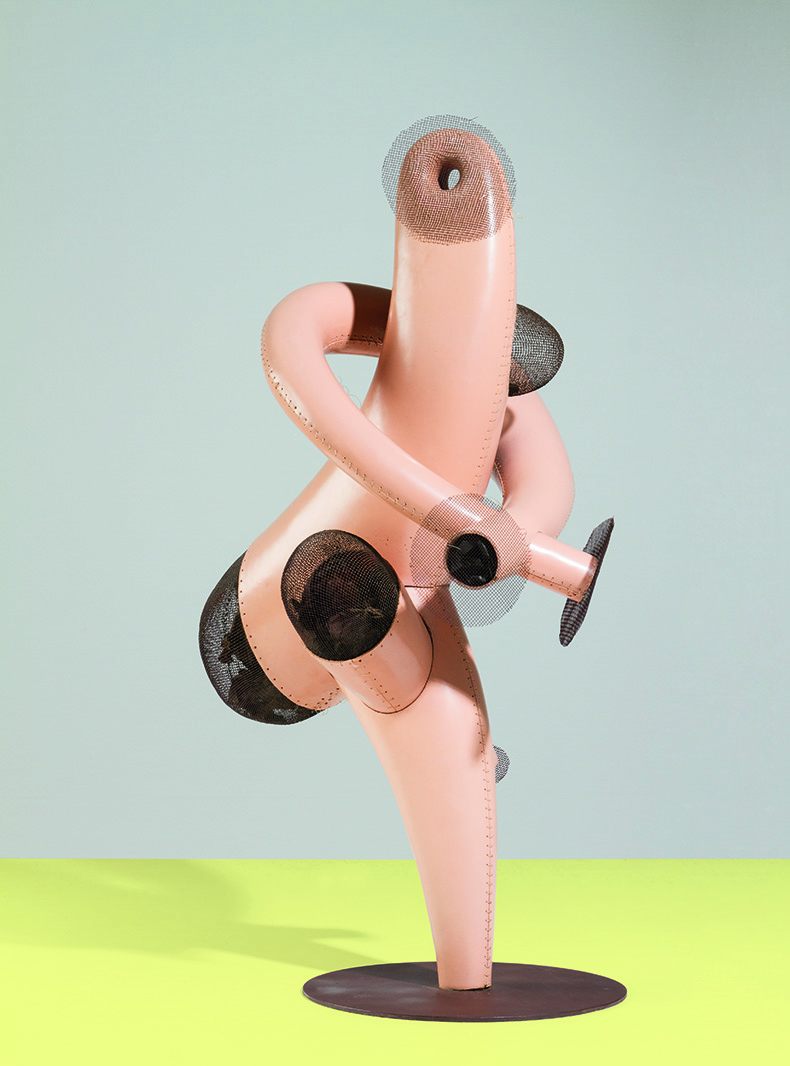
With a Trumpet from Lasnamae (1988), Anu Poder. Photo: Heidi Jaansoo; © Estate of Anu Power
Poder’s childhood ambition to become a ballerina proved impossible, but found a way to incorporate choreography and posture in her art instead. Before Performance (1981) is a headless figure in contrapposto; in Light Stuffed Figure (1992), a clownish doll steps off its plinth, one foot suspended in the air. Not all her figures are so elegant. They can also be contorted, coiled and hunched. In Study for a Self-Portrait (late 1970s), a cast of Poder’s face, the artist’s hands strangle her neck. In Hanging Head (1994), the figure’s neck is similarly clasped by a navy blue glove. Wrapped around with silky black fabric and string, the work is dotted with feathers – a token of lightness, of grace intertwined with gravity.
Poder’s approach to materials is extremely resourceful. Long Bag (1994) repurposes a sculpture made years before. She used plastic from her brother who worked in a hospital and soap made by her grandmother – and when asked by conservators how these sculptures would age, Poder replied that this was not her concern. She also adopts the role of excavator, cutting apart garments and accessories as if to see what she might find. In a series of sheepskin coats made in the 1990s, her gashes and cuts reveal linings and cavities. ‘I wanted to explore how the body has shaped the skin of the coat. From the outside we see a figure but this inner space is much more mysterious,’ explained Poder in a video playing in the exhibition. (She also describes how she would ruin many garments by going too far with her experiments.) Lit from within by light bulbs, these are dishevelled and ghostly works.
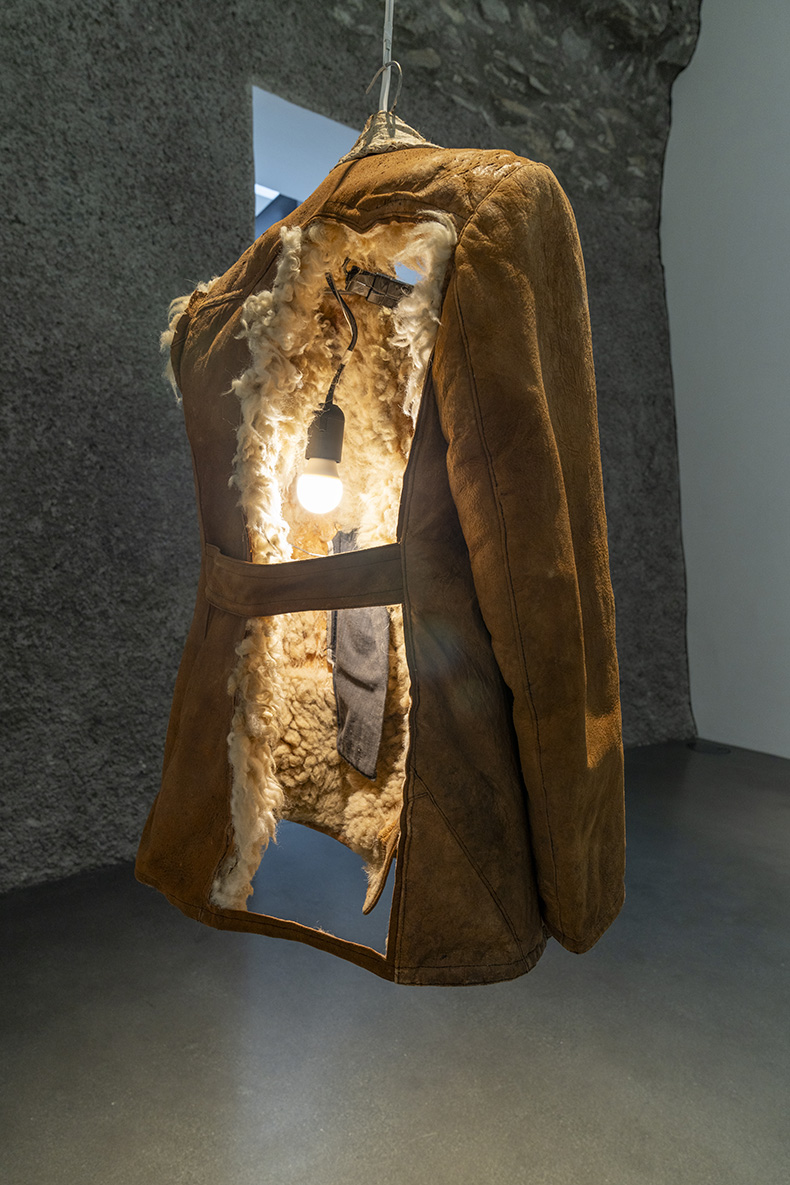
Installation view of Anu Poder’s Pattern as Sign. Fur Coats (1996) at the Muzeum Susch in January 2024. Photo: Federico Sette; courtesy Muzeum Susch
Yet destruction allows space for new forms. The exhibition takes its title from Space for My Body (1995), a woman’s shirt and vest that has been hollowed out to leave its seams and Western labels like a cage. Across the room hovers a bright red pair of gloves joined as if in prayer. In Ancient Light, Poder has taken her grandmother’s brown dress, bleaching it in the sun so that the shape of a hand appears across the breast.
Some of the work is wonderfully morbid and sad in equal measure. In Import and Export Bags (2001), bodily outlines are etched on to transparent packaging for peat and fertiliser. These earthy types – some embellished with sand and stones – also stand to attention in Lectern (2007). Topped with a glass of water, waiting for someone to make a speech, the interior of the wooden pulpit is entirely charred. Next door, the same simple outlines appear on what seem to be body bags. Watching this spectacle are two rows of benches (Knotholes, 2003) dotted with white vertebrae.
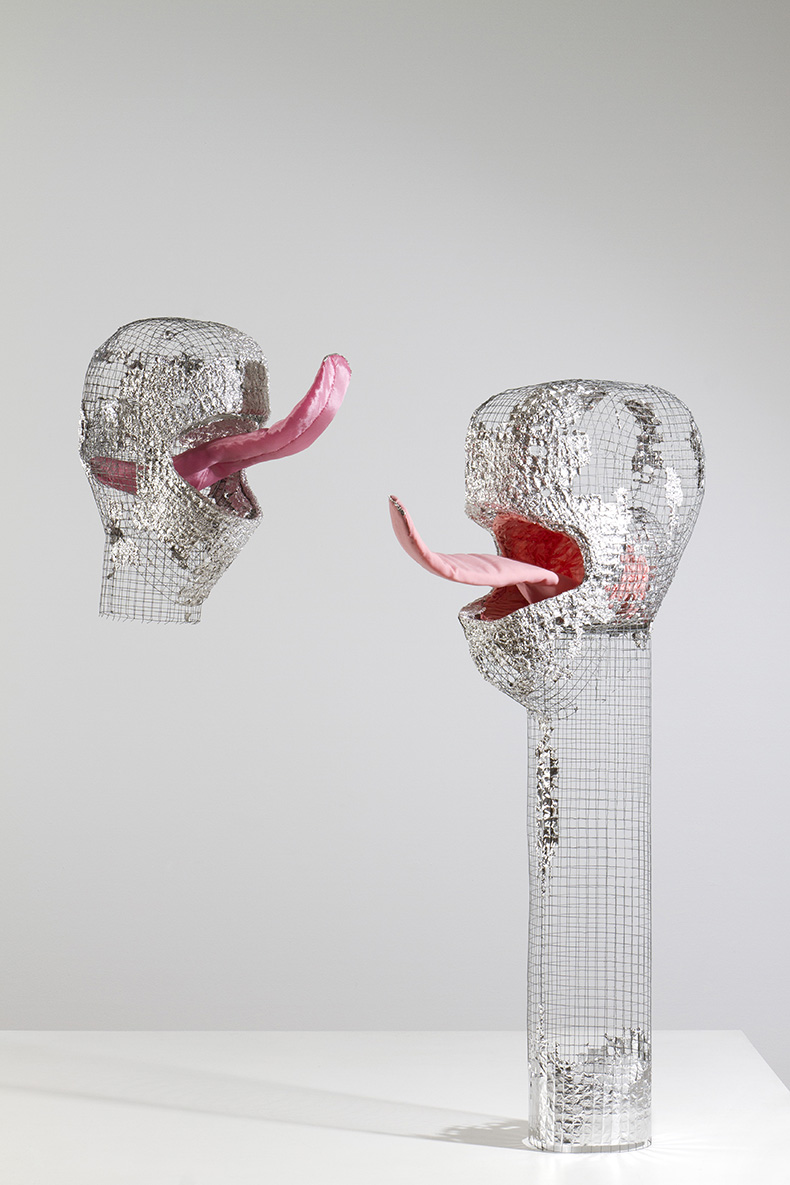
Lickers (2007; detail), Anu Poder. Photo: Heidi Jaansoo; © Estate of Anu Power
There are some silver linings. In a room with the best view of the Alps, a man’s drab grey jacket and shoes are attached to a shiny armature (Metal Lining, 2011), while Worn Ornament (2008) consists of a Soviet-issue necklace reduced to charcoal and wire. During this period Poder was dying with cancer and may have related more personally to these decaying objects, which she attempts to preserve. In Screen (2007) and Lickers (2007), for example, society seems sick too. In the latter, a metal grid filled with Kinder Bueno eggs is the backdrop to two heads made from metal wire grids that hang like disco balls with giant pink tongues. In a capitalist society, the work suggests, no amount of nourishment can ever be enough.
‘Anu Poder: Space for My Body’ is at the Muzeum Susch until 30 June.
Unlimited access from just $16 every 3 months
Subscribe to get unlimited and exclusive access to the top art stories, interviews and exhibition reviews.


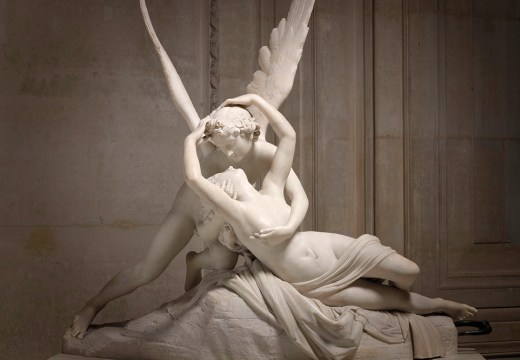
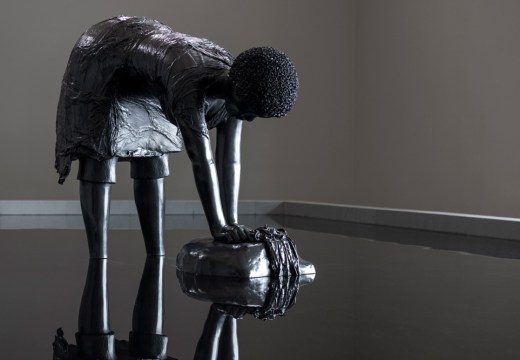
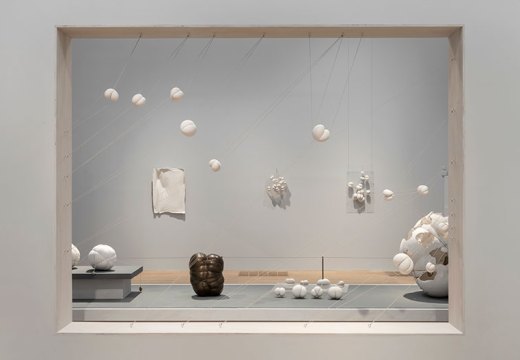









![Masterpiece [Re]discovery 2022. Photo: Ben Fisher Photography, courtesy of Masterpiece London](http://www.apollo-magazine.com/wp-content/uploads/2022/07/MPL2022_4263.jpg)
It’s time for the government of London to return to its rightful home